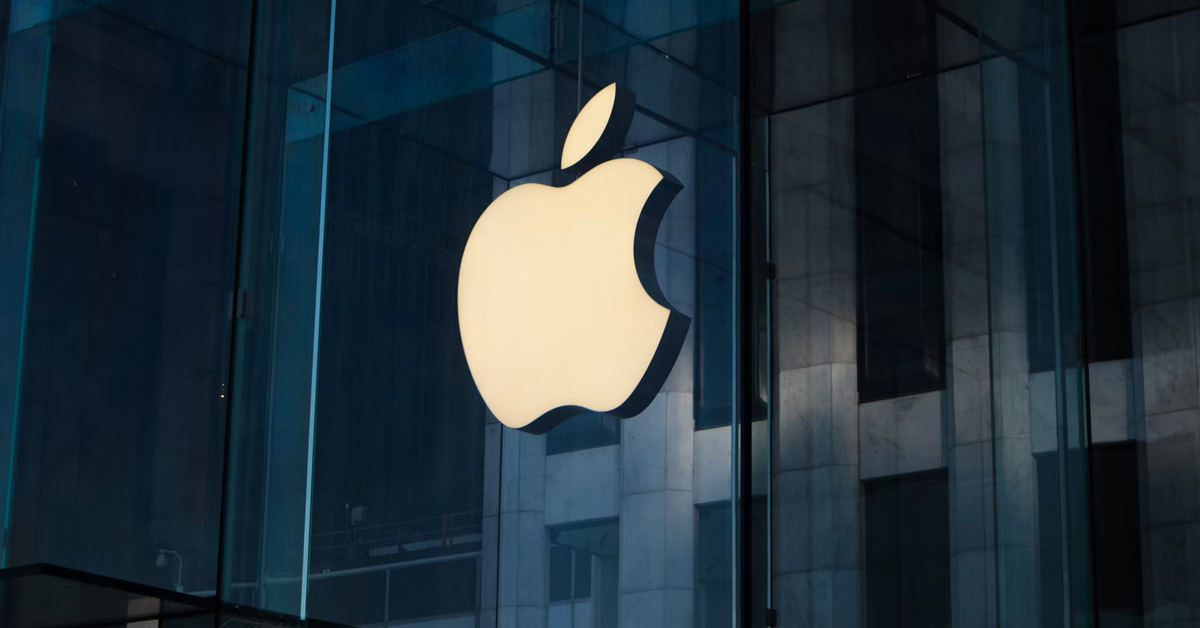Apple auto-opts everyone into having their photos analyzed by AI

Apple has quietly introduced a new feature called Enhanced Visual Search in the Photos app on iOS and macOS devices, sparking privacy concerns among users. The feature identifies landmarks and places of interest in photos using a combination of local AI analysis and encrypted remote processing.
It was enabled by default with the release of iOS 18.1 and macOS 15.1 in late October 2024, but many users only recently became aware of it.
Enhanced Visual Search uses a machine-learning model on your device to analyze images and detect potential landmarks. When it identifies a possible match, the system creates an encrypted representation of the landmark using homomorphic encryption. This scrambled data is sent to Apple’s servers, where further encrypted computations match the landmark against a global database.
The results are then returned to the device, also in encrypted form. Apple claims that neither it nor its partner, Cloudflare, can access the photos, metadata, or user-identifying information.
Apple has explained the technology in a technical paper, emphasizing its use of privacy-preserving measures like homomorphic encryption and differential privacy. However, this hasn’t calmed critics, who argue that the issue lies not in the encryption process but in the way the feature was implemented.
The main complaint is that Enhanced Visual Search was enabled by default without explicit user consent. Some users have reported that metadata from their photo libraries may have already been processed before they had a chance to disable the feature. Software developer Jeff Johnson criticized Apple’s decision, saying, “It ought to be up to the individual user to decide their own tolerance for the risk of privacy violations.” [1][2]
Michael Tsai, another developer, pointed out in a blog post that even if users opt out now, the initial processing might already have sent some data to Apple servers. He added, “Apple is being thoughtful about doing this in a privacy-preserving way, but I don’t think the company is living up to its ideals here.”
Matthew Green, a computer science professor at Johns Hopkins University, also voiced frustration, calling the rollout of the feature “sneaky” and accusing Apple of slipping it in under the radar.
Apple has yet to comment on the criticism. However, the company’s silence and the decision to roll out the feature without informing users have only added to the dissatisfaction. This contrasts sharply with Apple’s marketing, which has long positioned privacy as a key selling point.
For users who wish to disable the feature, the process is relatively simple. On iOS or iPadOS, navigate to Settings > Apps > Photos and toggle the feature off. On a Mac, open the Photos app, go to Settings > General, and uncheck the relevant box.
While the feature may offer convenience for some, the debate highlights the importance of transparency and user control when it comes to privacy-related technologies.
